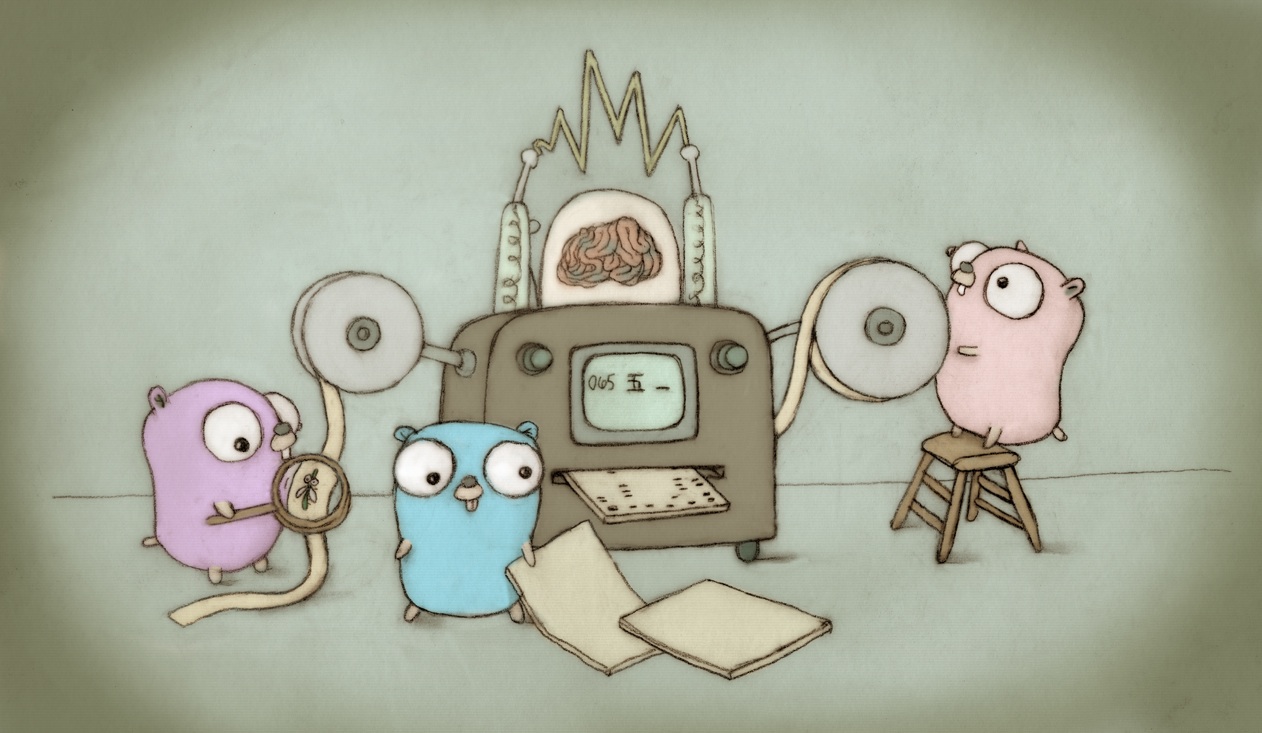The -p flag specifies the import path of the package being compiled. This CL makes it required when invoking the compiler and adjusts tests that invoke the compiler directly to conform to this new requirement. The go command already passes the flag, so it is unmodified in this CL. It is expected that any other Go build systems also already pass -p, or else they will need to arrange to do so before updating to Go 1.19. Of particular note, Bazel already does for rules with an importpath= attribute, which includes all Gazelle-generated rules. There is more cleanup possible now in cmd/compile, cmd/link, and other consumers of Go object files, but that is left to future CLs. Additional historical background follows but can be ignored. Long ago, before the go command, or modules, or any kind of versioning, symbols in Go archive files were named using just the package name, so that for example func F in math/rand and func F in crypto/rand would both be the object file symbol 'rand.F'. This led to collisions even in small source trees, which made certain packages unusable in the presence of other packages and generally was a problem for Go's goal of scaling to very large source trees. Fixing this problem required changing from package names to import paths in symbol names, which was mostly straightforward. One wrinkle, though, is that the compiler did not know the import path of the package being compiled; it only knew the package name. At the time, there was no go command, just Makefiles that people had invoking 6g (now “go tool compile”) and then copying the resulting object file to an importable location. That is, everyone had a custom build setup for Go, because there was no standard one. So it was not particularly attractive to change how the compiler was invoked, since that would break approximately every Go user at the time. Instead, we arranged for the compiler to emit, and other tools reading object files to recognize, a special import path (the empty string, it turned out) denoting “the import path of this object file”. This worked well enough at the time and maintained complete command-line compatibility with existing Go usage. The changes implementing this transition can be found by searching the Git history for “package global name space”, which is what they eliminated. In particular, CL 190076 ( |
||
|---|---|---|
| .github | ||
| api | ||
| doc | ||
| lib/time | ||
| misc | ||
| src | ||
| test | ||
| .gitattributes | ||
| .gitignore | ||
| AUTHORS | ||
| codereview.cfg | ||
| CONTRIBUTING.md | ||
| CONTRIBUTORS | ||
| LICENSE | ||
| PATENTS | ||
| README.md | ||
| SECURITY.md | ||
The Go Programming Language
Go is an open source programming language that makes it easy to build simple, reliable, and efficient software.
 Gopher image by Renee French, licensed under Creative Commons 3.0 Attributions license.
Gopher image by Renee French, licensed under Creative Commons 3.0 Attributions license.
Our canonical Git repository is located at https://go.googlesource.com/go. There is a mirror of the repository at https://github.com/golang/go.
Unless otherwise noted, the Go source files are distributed under the BSD-style license found in the LICENSE file.
Download and Install
Binary Distributions
Official binary distributions are available at https://golang.org/dl/.
After downloading a binary release, visit https://golang.org/doc/install for installation instructions.
Install From Source
If a binary distribution is not available for your combination of operating system and architecture, visit https://golang.org/doc/install/source for source installation instructions.
Contributing
Go is the work of thousands of contributors. We appreciate your help!
To contribute, please read the contribution guidelines at https://golang.org/doc/contribute.
Note that the Go project uses the issue tracker for bug reports and proposals only. See https://golang.org/wiki/Questions for a list of places to ask questions about the Go language.